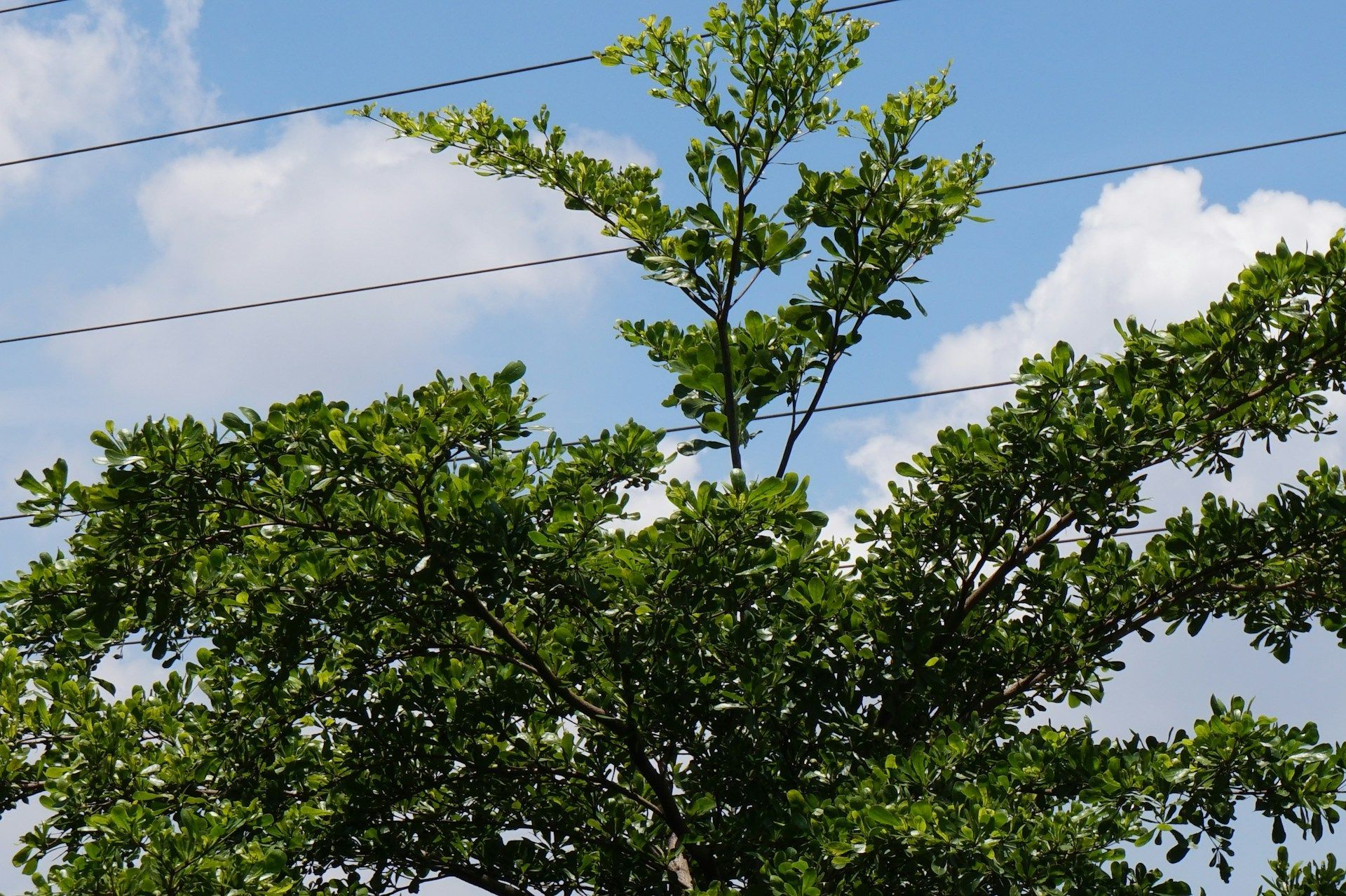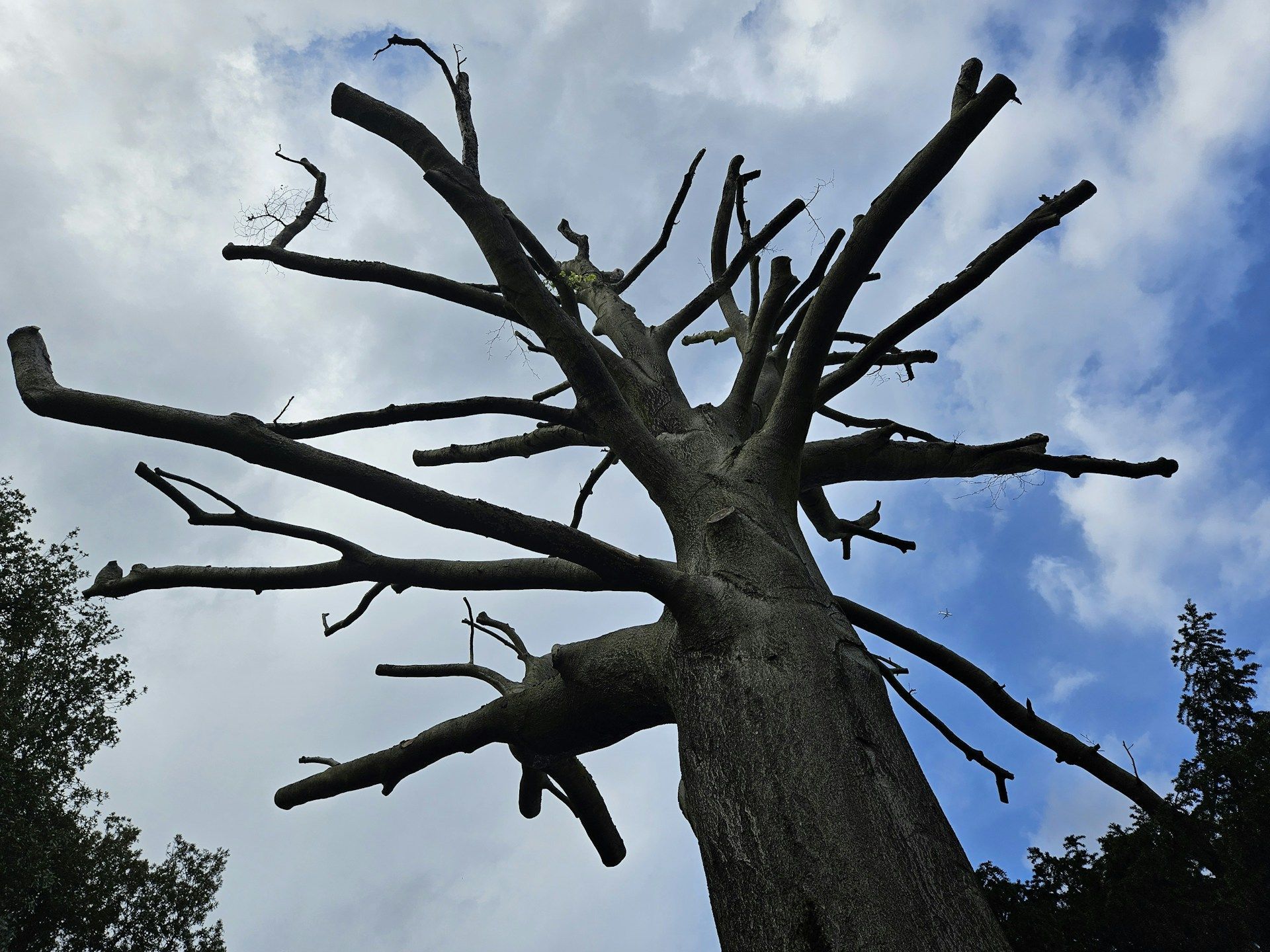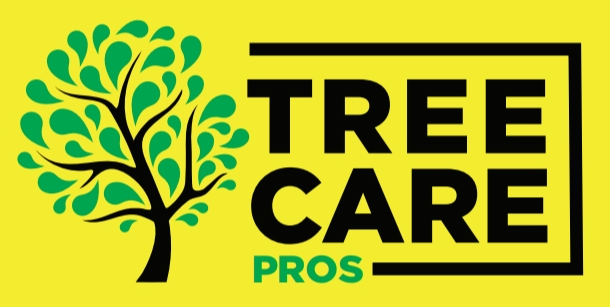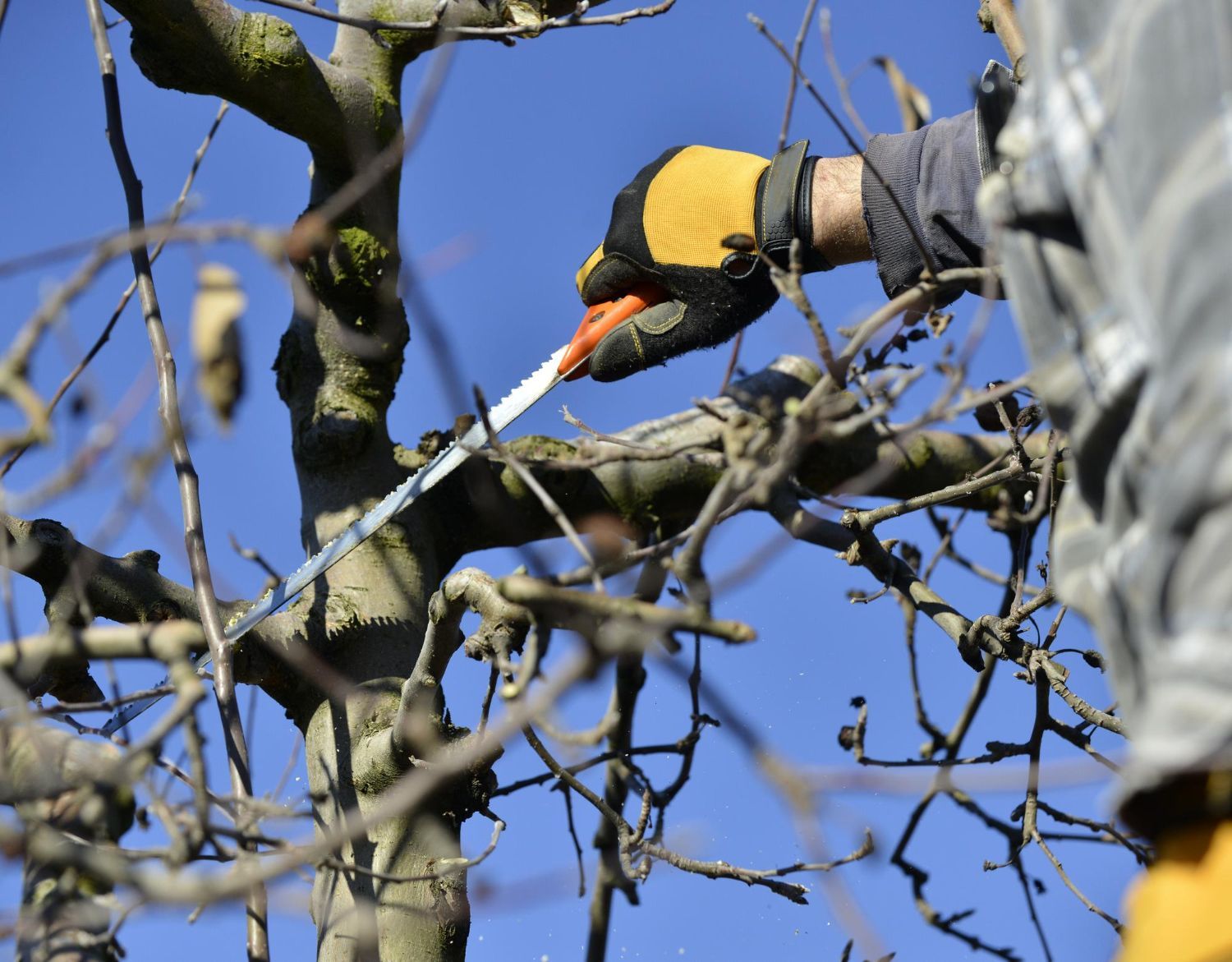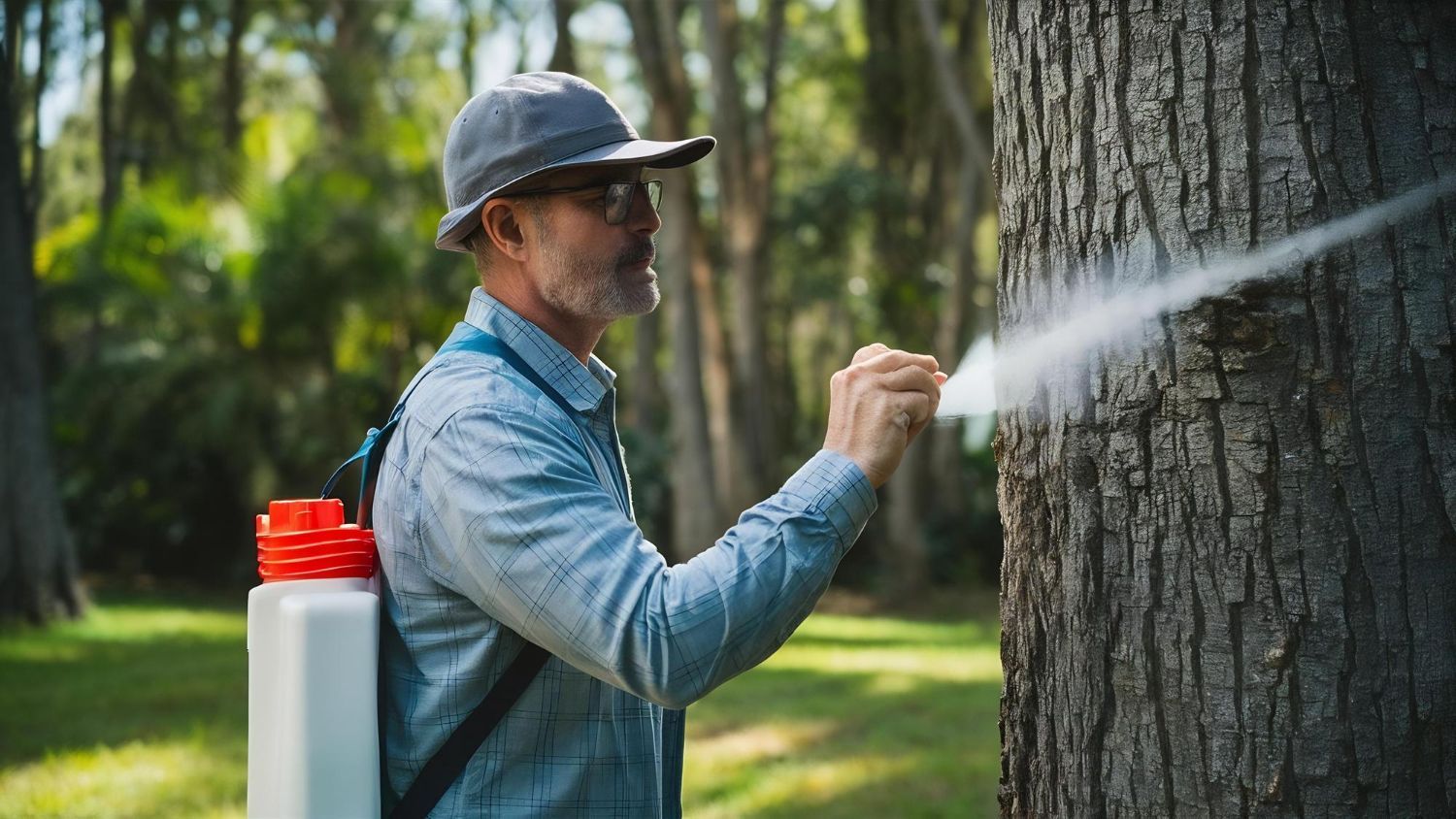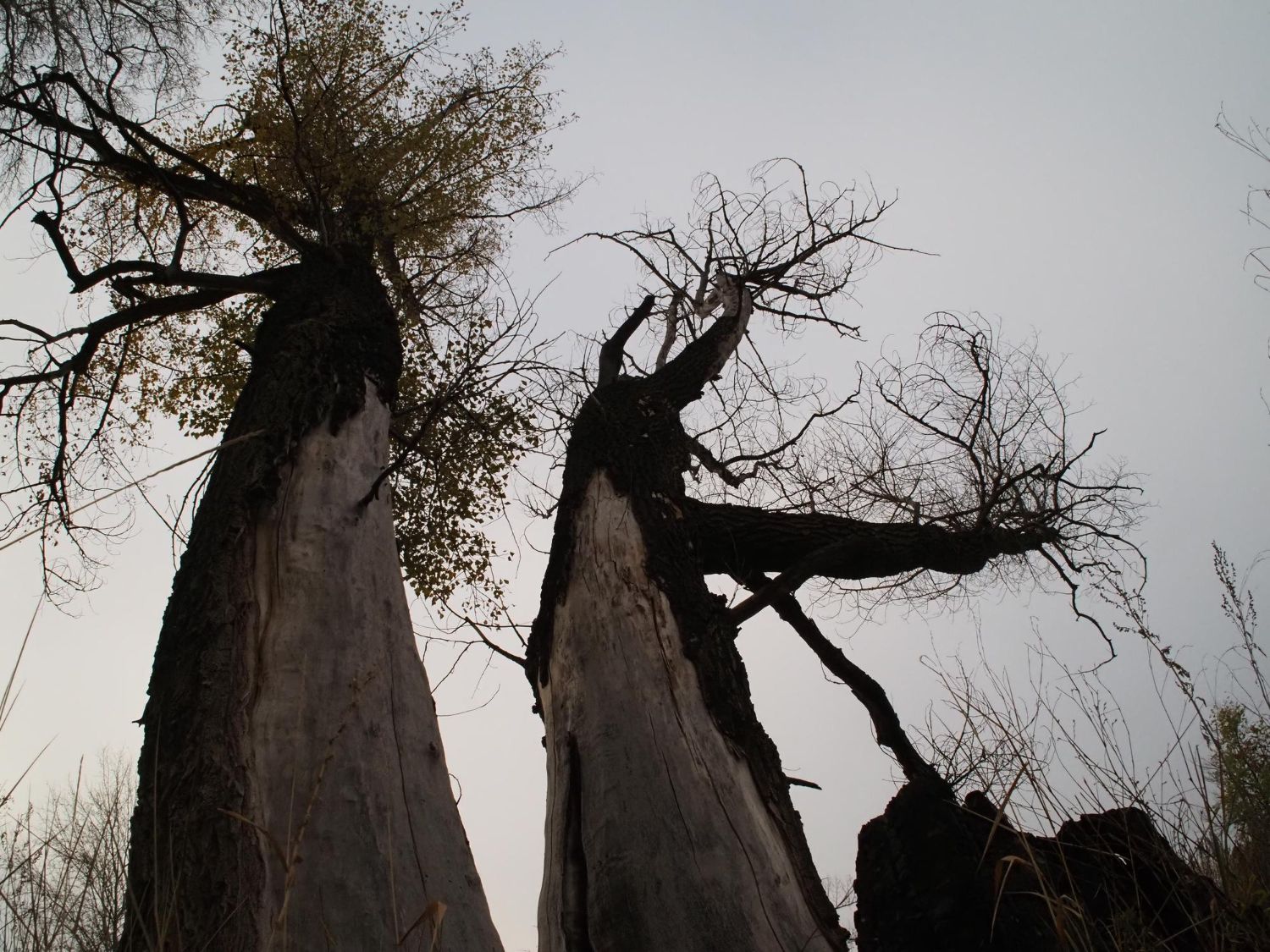Step-by-Step Guide to Safe Tree Removal for Homeowners
When a tree in your yard becomes a hazard, it is crucial to know how to remove it safely. I’ll guide you through a step-by-step process to ensure the job is done correctly. Tree removal isn't something you should rush into without proper preparation. Understanding the steps involved can help you avoid accidents and ensure the safety of your property.
First, it’s important to assess the tree and its surroundings. This means checking for any structures, power lines, or other trees that might be affected when the tree comes down. Once you know the area is clear, you can gather the necessary tools and safety gear. This ensures that you are fully prepared for the task at hand.
Next, we’ll walk through the cutting process to ensure you understand each step before you start. Finally, after the tree is down, there’s the cleanup. Properly dealing with the debris and maintaining the area ensures your yard remains safe and tidy. Tree removal can be complex, but with the right approach, it can be done effectively and safely.
Assessing the Tree and Its Surroundings Before Removal
Before starting any tree removal, inspecting the tree and its environment is crucial. First, check the tree's health. Look for signs of disease, such as discoloured leaves, cracks in the trunk, or fungal growth. These signs can indicate weak points that might cause the tree to fall unpredictably. Handling a diseased or dead tree can be more dangerous, so it's essential to approach with caution.
Next, examine the area around the tree. Identify buildings, fences, power lines, and other trees in the vicinity. Measure the tree's height to estimate where it will fall. The goal is to ensure the tree will not damage any structures or create other safety hazards when it comes down. Clear the area of any obstacles, and inform neighbours if the tree's fall might affect their property. It's better to be overly cautious to prevent accidents.
Essential Tools and Safety Gear You Need for Tree Removal
Having the right tools and safety gear is essential for a safe tree removal process. First, let's talk about tools. You will need a chainsaw in good working condition, along with fuel and oil for it. A sturdy rope can help guide the tree's fall direction, and a sturdy ladder may be necessary for tall trees. Don't forget a handsaw for smaller branches and a wedge to prevent the tree from pinching the chainsaw.
Safety gear is equally important. Wear a hard hat to protect your head from falling branches. Safety glasses are necessary to shield your eyes from debris. Gloves will protect your hands from sharp materials, while ear protection will help you avoid damage from the chainsaw's loud noise. Lastly, wear steel-toed boots for foot protection and durable, non-slip clothing to prevent accidents. By ensuring you have the proper tools and gear, you set the stage for a safe and efficient tree removal process.
Step-by-Step Process for Cutting Down a Tree Safely
Once you've assessed the tree and gathered your tools and safety gear, it's time to start the tree removal process. Begin by planning the tree's fall direction. Choose a clear area and make an escape route in case the tree doesn’t fall as expected. Start cutting a notch in the tree trunk about one-third of the way through the tree on the side facing where you want it to fall. This notch should be about 45 degrees, creating a wedge for the tree to lean into.
After the notch is made, move to the tree's opposite side to start the back cut. This cut should be about two inches above the bottom of the notch, creating a hinge that guides the tree's fall. Insert a wedge into the cut to keep it open. As you cut, watch the tree carefully for any signs of movement. If the tree starts to fall, move quickly to your planned escape route. Make sure the area stays clear until the tree has completely fallen and settled.
Post-Removal Cleanup and Maintenance Tips
With the tree safely on the ground, the next step is cleanup. Start by removing all branches and cutting the trunk into manageable sections. Use the chainsaw to cut larger branches and the trunk into smaller pieces that you can easily handle or haul away. Dispose of the branches and wood properly; you can recycle them or use them for firewood if they are in good condition.
After the large debris is cleared, you need to address the stump. Stump removal can be challenging, but it’s important for yard safety and aesthetics. You can grind the stump down, dig it out, or use a chemical stump remover. Once the stump is dealt with, fill the hole with soil and plant grass or another type of vegetation to restore the area. Regular maintenance, such as pruning healthy trees and inspecting for signs of disease, can prevent future tree removal needs and keep your yard safe.
Conclusion
Tree removal requires careful planning and execution for the safety of everyone involved. Each step is crucial, from assessing the tree and its surroundings to using the right tools and following a safe cutting process. Post-removal cleanup and regular maintenance help ensure your yard stays safe and neat.
If you're unsure about any part of the process or if the tree poses significant risks, it's wise to consult professionals. At Barrie Tree Care Pros, we specialize in safe and efficient
tree removal services. Contact us today to ensure your property remains safe and beautiful. We're here to help with all your tree care needs.

